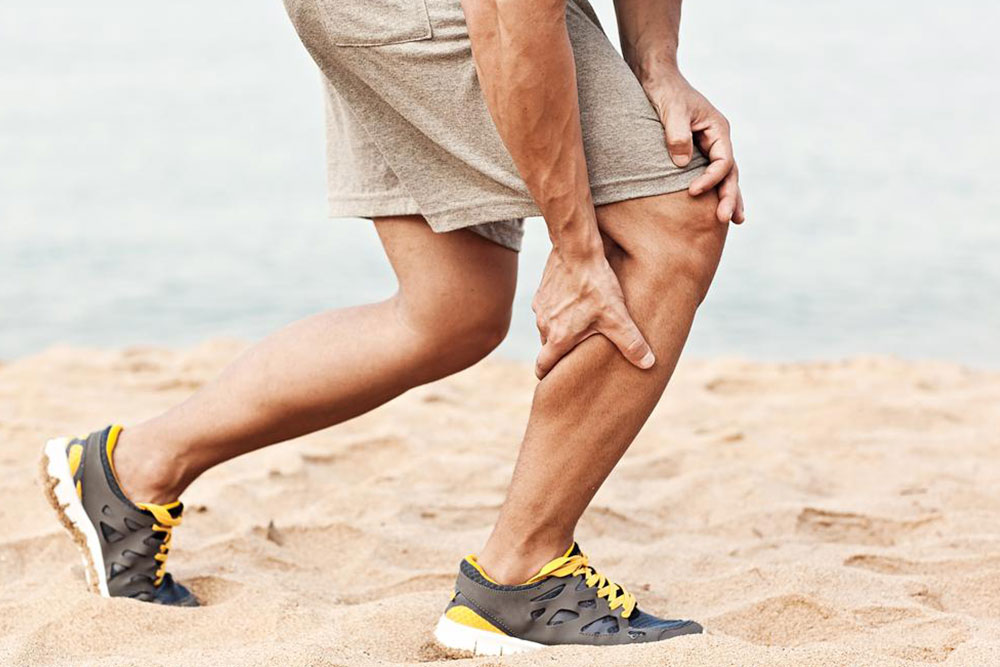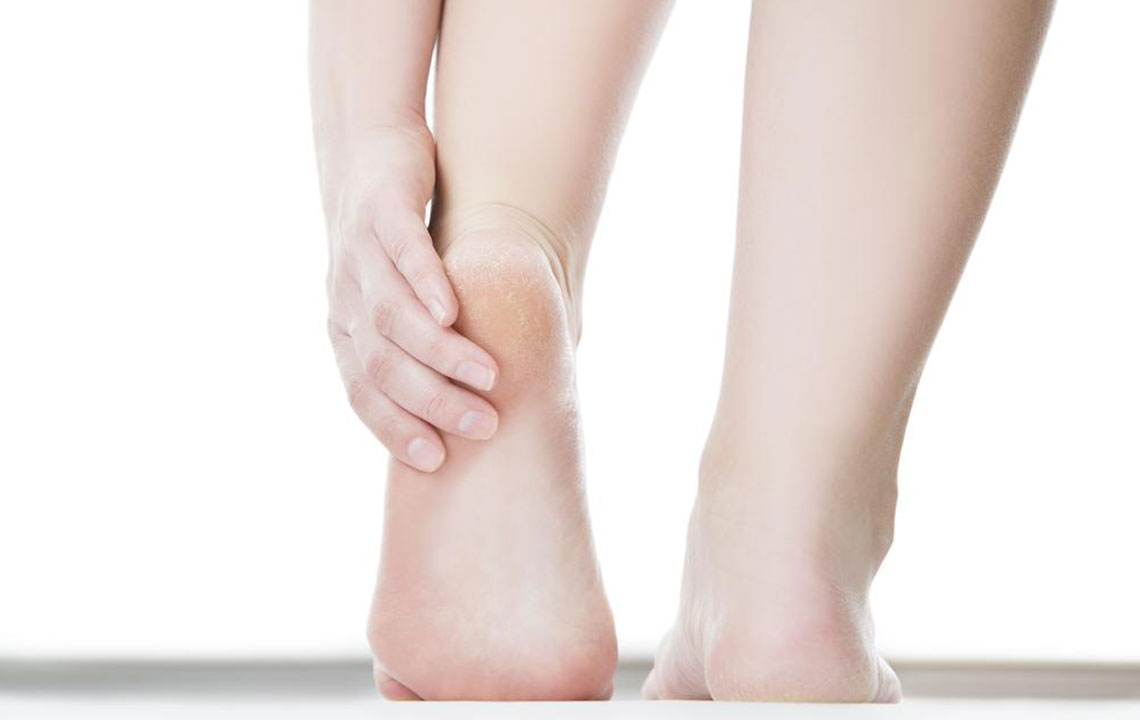Effective Strategies to Minimize Complications from Groin Strain Injuries
Learn essential steps to prevent complications from groin injuries, including immediate care, proper exercise routines, and preventive measures to ensure quick recovery and reduce long-term damage.
Sponsored

Groin strains or tears can be intensely painful, restricting movement and causing discomfort during recovery. Athletes and active individuals are especially prone to such injuries caused by repetitive motion or sudden movements. Prompt medical consultation is essential if pain persists or worsens. Nevertheless, following specific initial steps can help prevent further issues.
Recognizing a groin injury immediately involves stopping all activity and resting. Continuing to walk or move excessively can worsen the tear and prolong recovery. Applying the RICE method—rest, ice, compression, and elevation—provides initial relief before professional treatment. Gradually, gentle stretching, after swelling decreases, can help restore flexibility.
Engaging in targeted stretching and strengthening exercises under medical supervision supports healing. Common stretching includes seated groin stretches and hip flexor stretches, while strengthening involves adductor exercises and resistance band workouts. Proper warm-up routines before physical activity significantly reduce the risk of groin injuries, promoting safer exercise sessions and quicker recovery.
While over-the-counter pain relievers can ease discomfort, severe injuries may require surgical intervention. Prevention through proper warm-up and conditioning remains the best strategy to avoid groin pulls, ensuring effective performance and minimal downtime.






